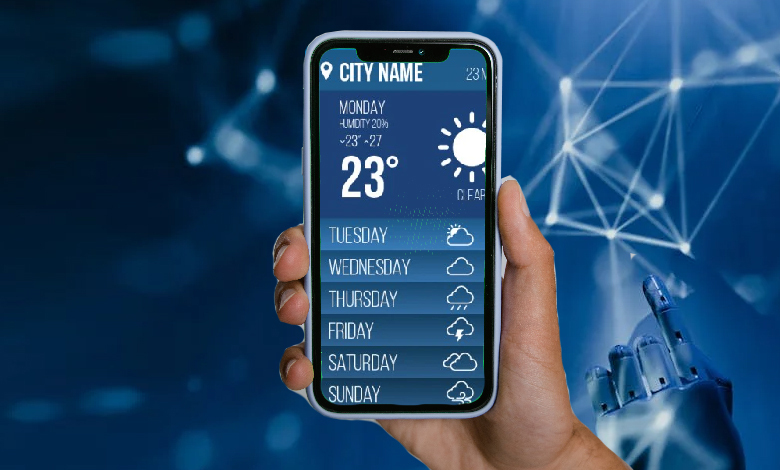Watsonx.ai vs Climate Change: New AI Tool Making Forecasting More Accurate

At the recently-concluded COP28 Summit in the UAE, NASA and IBM highlighted watsonx.ai – an artificial intelligence tool capable of helping users monitor the Earth from space, measuring changes that have already happened and also making accurate predictions.
Utilising NASA’s trove of data and IBM’s technology, the model is expected to help scientists estimate the past and future extent of extreme events, such as floods and wildfires. But how does the technology work and can AI really help fight the climate crisis?
Technology Helping Improve Forecasting
Forecasting has improved rapidly in recent decades. Today’s six-day forecast is as accurate as a five-day forecast 10 years ago. Compared to 24 hours in advance 40 years ago, hurricane tracks can now be predicted more accurately three days in advance.
This achievement is the result of sizeable improvements in atmosphere and ocean technology, and in parallel, the progress made in high-computing power. But two key challenges remain. First, access to that data is hard to come by. Second, analysing the same is harder.
By 2024, scientists are expected to have 250,000 terabytes of climate data sets. These sets are massive and take significant time to collect, analyse and utilise to make informed decisions. Technological advancements, however, can make it easier to interpret the information.
Generative AI has the potential to make forecasting of hurricanes, droughts and other catastrophes more accurate. The technology could also apply to businesses, helping disaster response teams and supply chain logistics companies, for example.
Furthermore, artificial intelligence could even be used to plan where to travel or buy a house. In fact, 87% of private and public sector CEOs believe AI is an essential tool in the fight against climate change, as per a Boston Consulting Group survey report.
How Does The New Tool Operate?
Like OpenAI’s ChatGPT, Microsoft’s Bing and other chatbots, watsonx.ai is also built on a foundation model – it’s trained on a broad set of uncategorised data allowing the model to apply information about one situation to another.
Read More: Can This Somerset Family Reach Sydney? They Have Chosen Not To Fly
The tool from NASA and IBM has the potential to change the way data is analysed. In addition, it has been designed to be extremely simple to use, as a user just needs to select a location and a date for the model to highlight changes in floodwater and other factors.



